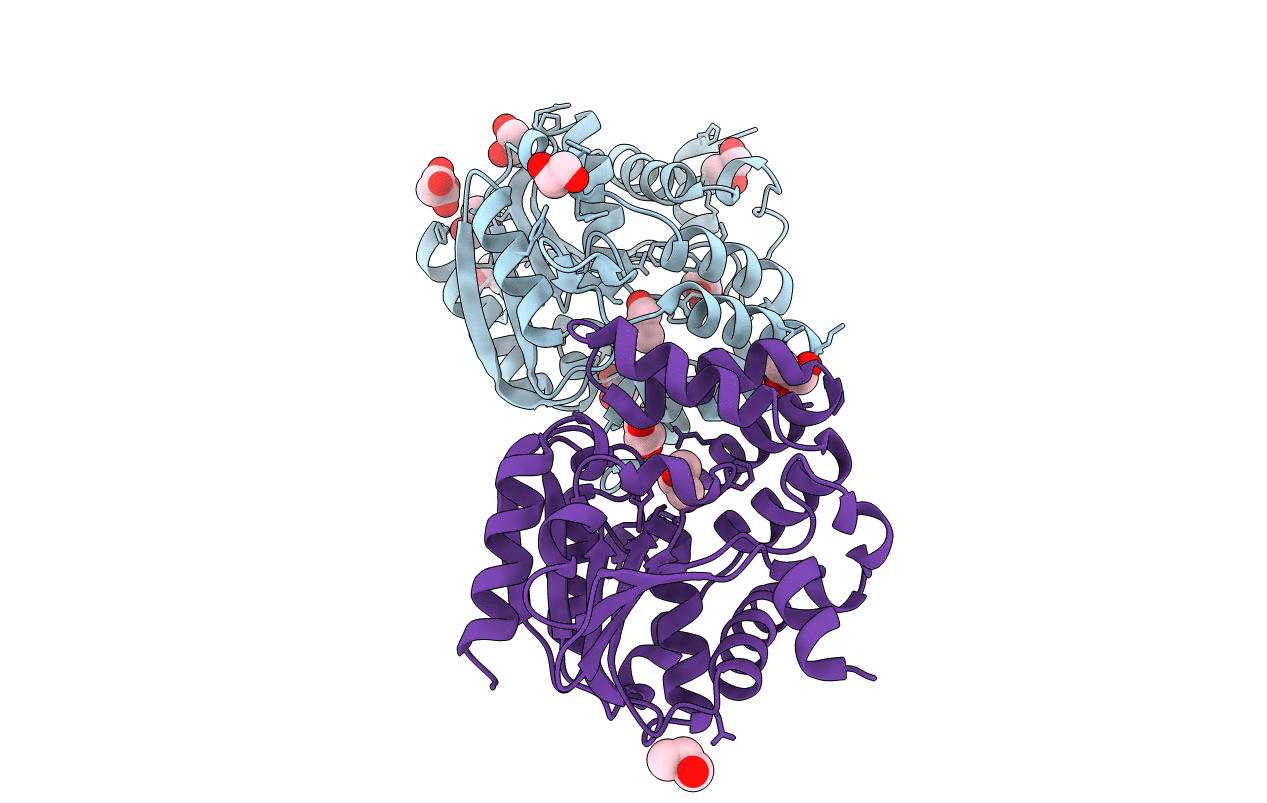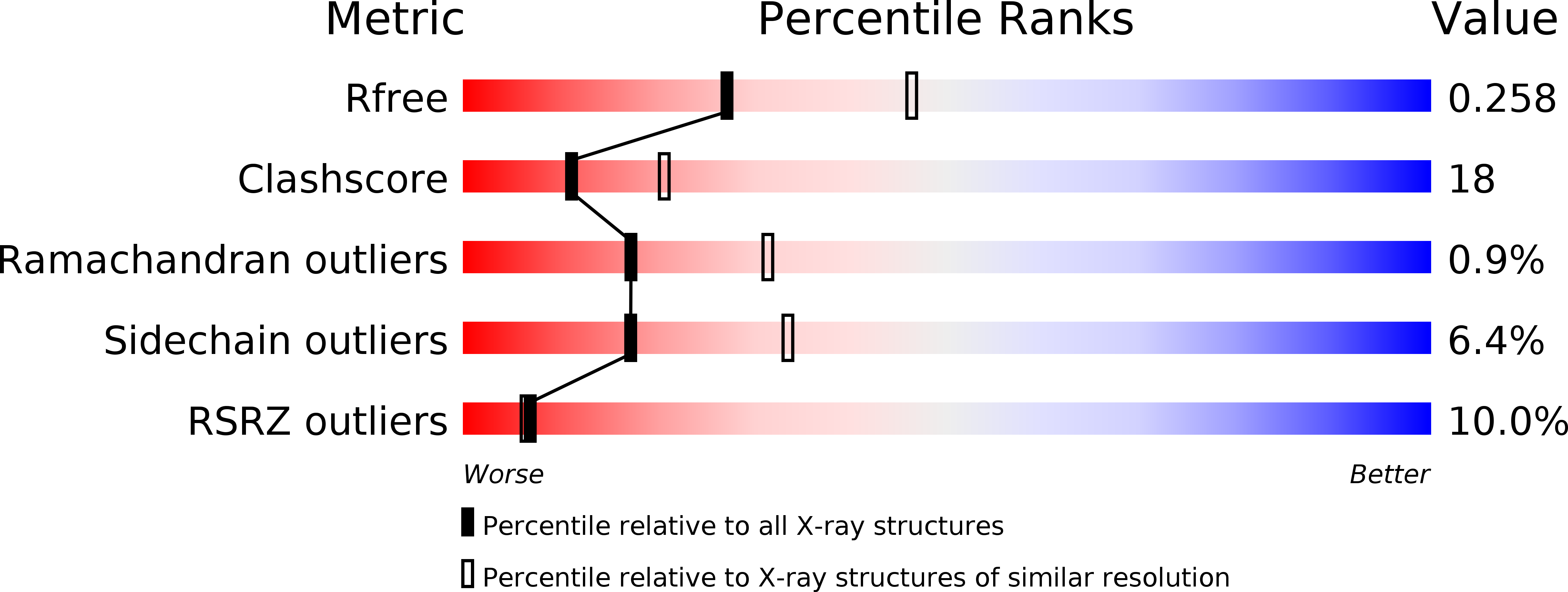
Deposition Date
2004-08-21
Release Date
2005-02-01
Last Version Date
2024-03-13
Method Details:
Experimental Method:
Resolution:
2.50 Å
R-Value Free:
0.26
R-Value Work:
0.21
R-Value Observed:
0.21
Space Group:
P 21 21 21


